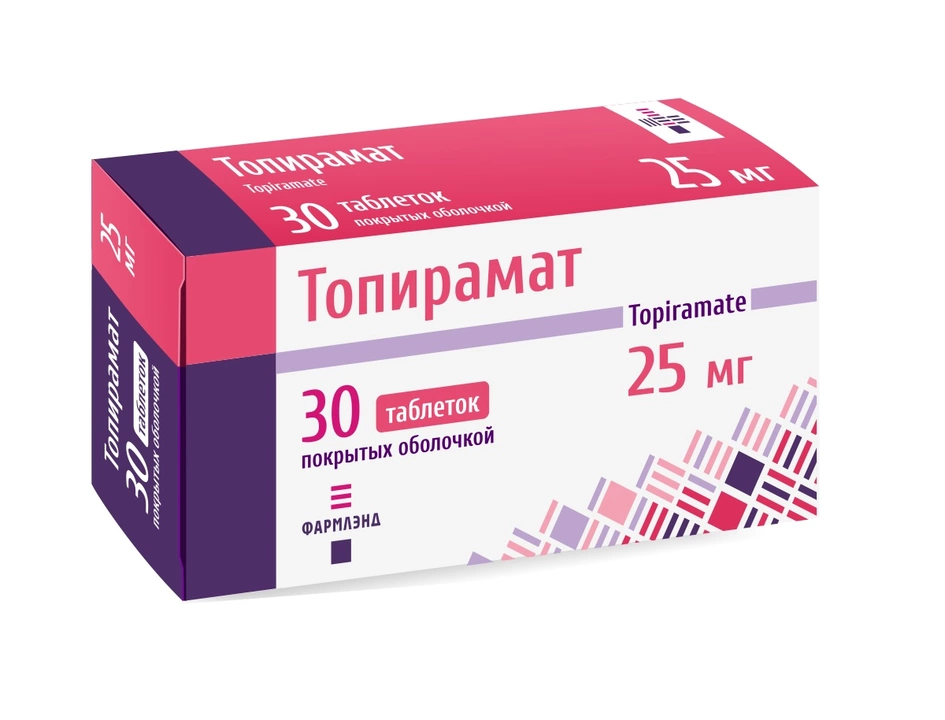Topiramate: Uses, Side Effects, Dosing, and Practical Tips
Topiramate is a commonly prescribed drug for seizures and migraine prevention. It can help reduce seizure frequency and cut migraine days, but it also brings side effects that matter to everyday life. This guide gives clear, practical facts you can use when you or someone you care for starts topiramate.
What topiramate is and how it works
Topiramate is an anticonvulsant that calms overactive brain activity. Doctors prescribe it for different types of epilepsy and to prevent migraines in adults and some teens. The exact action is complex — it affects neurotransmitters and ion channels — but the takeaway is simple: it helps stabilize brain signals that cause seizures or migraine attacks.
How to take topiramate safely
Start low and go slow. Typical starting doses are small (often 25 mg daily) with gradual increases over weeks until the right effect is reached. Dosing varies widely by condition and age, so follow your prescriber's plan. Take it at the same time each day. If you miss a dose, take it when you remember unless it's close to the next dose; don't double up.
Watch for common side effects like tiredness, dizziness, tingling in hands or feet, and changes in taste or appetite. Some people notice memory or word-finding problems; these are dose-related and may improve if the dose is lowered. Topiramate can cause weight loss in many users.
There are serious but less common risks: metabolic acidosis (your blood becomes more acidic), increased risk of kidney stones, and eye problems like sudden vision changes. If you have new eye pain, blurred vision, or trouble thinking clearly, contact your doctor or emergency care right away.
Pregnancy and birth control: topiramate can raise the risk of birth defects, including cleft lip or palate. Discuss plans for pregnancy with your clinician. It can also reduce effectiveness of some hormonal contraceptives at higher doses, so consider backup methods if needed.
Interactions and monitoring: Tell your prescriber about all medicines and supplements you use. Topiramate interacts with other anti-seizure drugs, oral contraceptives, and some diuretics. Labs may include kidney function and bicarbonate levels if symptoms suggest metabolic acidosis.
Stopping topiramate should be done slowly. Suddenly stopping can trigger seizures or withdrawal symptoms. Your prescriber will give a tapering schedule.
Practical tips: stay hydrated to lower kidney stone risk, avoid sudden heat exposure until you know how it affects your sweating, and keep a medication list card. If you buy meds online, use a reputable pharmacy, check for a valid prescription requirement, and watch for counterfeit products.
If side effects bother you or you worry about risks, talk openly with your clinician — small dose changes or switching meds are common solutions. Topiramate works well for many people, but safe use means clear communication and routine monitoring.
Keep a simple symptom diary for two weeks after each dose change; note sleep, mood, and thinking. Avoid heavy exercise in hot weather until you know how the drug affects you. Store tablets in original container at room temperature away from children and pets.

Topiramate: An Overview of Its Uses and Benefits
In my recent research, I've discovered that Topiramate is a versatile medication with a wide range of uses and benefits. Primarily, it's prescribed as an anticonvulsant for treating epilepsy, but it's also effective in managing migraine headaches. Additionally, Topiramate has been found to help with weight loss, especially when used in combination with other medications. Although it can have some side effects, most people tolerate it well. Overall, Topiramate seems to be a promising option for addressing various health conditions.
